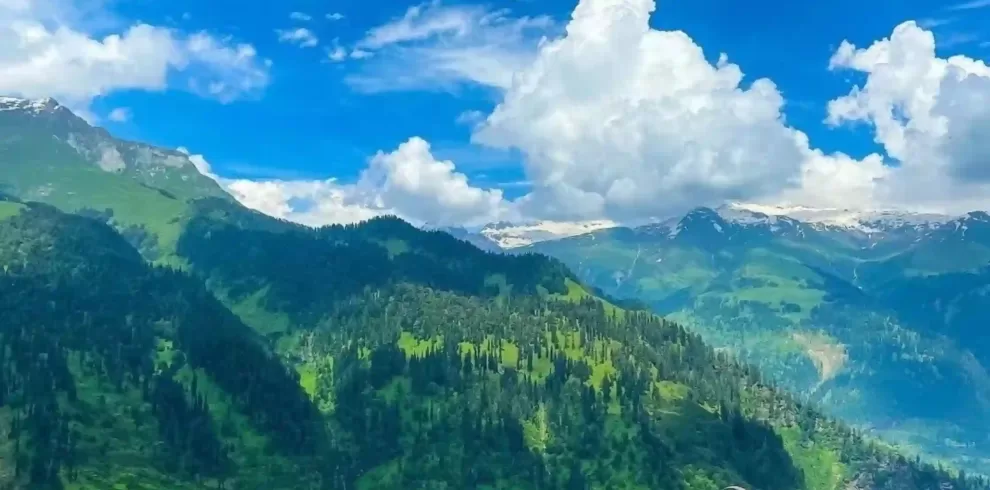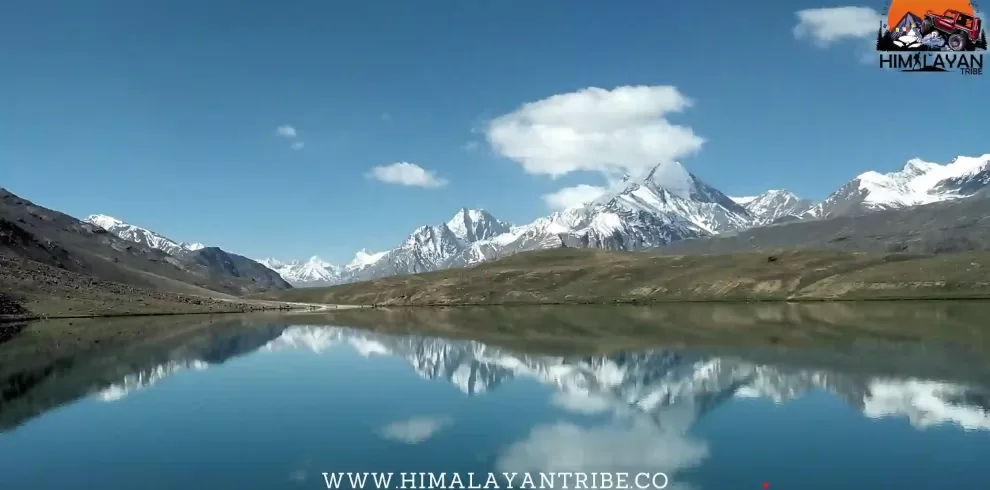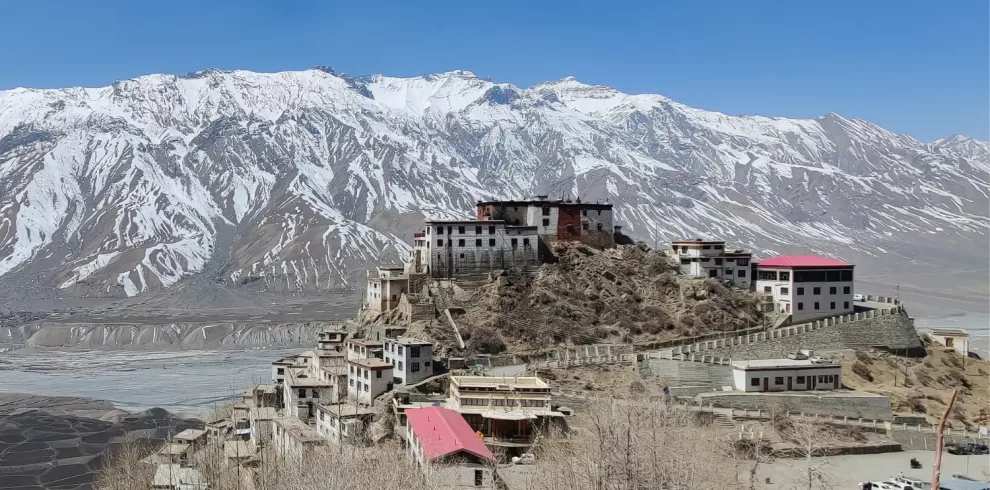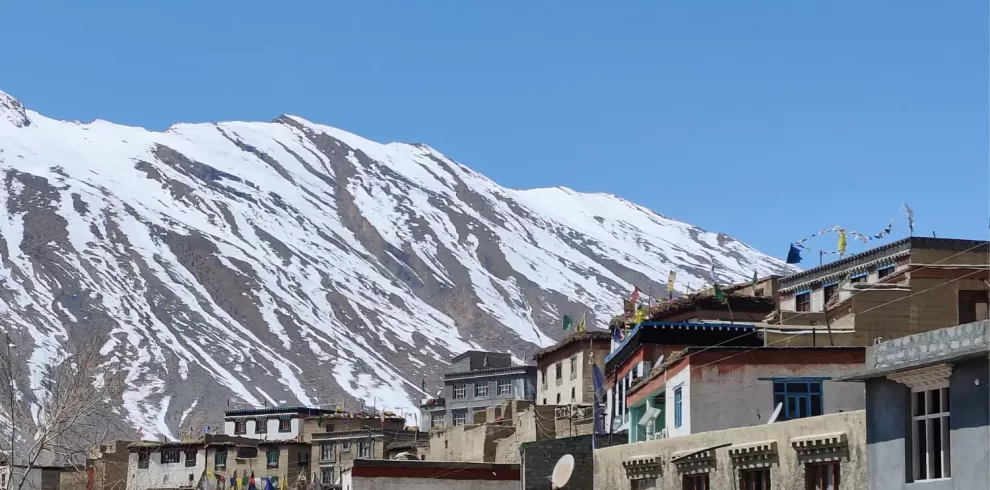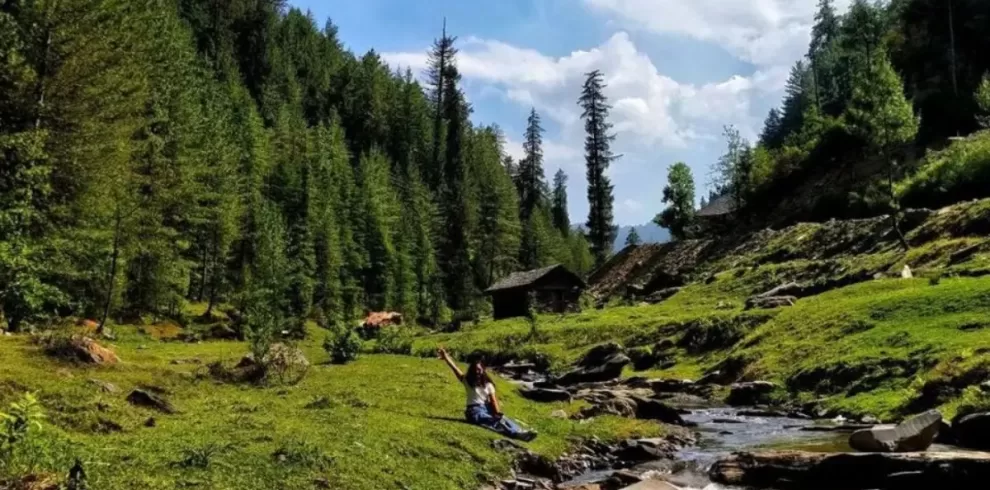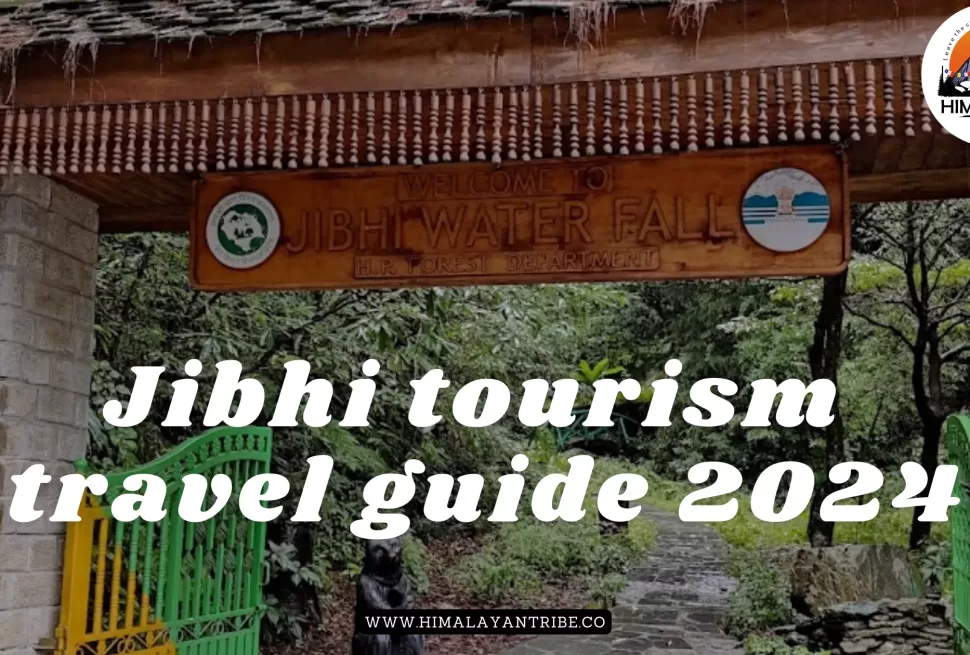Planning Visit Himachal Pradesh? This guide will help you decide the best time to visit Himachal tour by breaking down the seasonal highlights, Whether you’re looking for snow-covered landscapes in winter, colorful festivals in autumn, lush green valleys in monsoon, or pleasant escapes in summer and spring, Himachal Pradesh has something for everyone. Understanding the different seasons will help you plan the perfect Himachal tour that suits your interests and preferences.
Click Here to View Best Himachal tour Packages
Spring (March to April) – The Blossoming Beauty of Himachal
Spring in Himachal Pradesh is a season of rejuvenation. The weather is mild, with temperatures ranging from 10°C to 25°C, making it a pleasant time to explore the outdoors. The snow from winter starts to melt, revealing lush green landscapes, blooming flowers, and gushing streams. This is a wonderful time for nature lovers to plan their Himachal tour.
Why Choose Spring for Your Himachal Tour?
- Ideal Weather: The moderate temperatures make outdoor activities comfortable without the harsh cold of winter or the intense heat of summer.
- Floral Delight: Witness apple orchards in full bloom, along with vibrant flowers decorating the hillsides. Places like Kullu and Manali are especially beautiful during this time.
- Trekking: Spring is ideal for trekking in areas like the Triund trek, Prashar Lake trek, and the Tirthan Valley. These trails are clear of snow and offer magnificent views of the surrounding mountains.
Activities and Attractions:
- Visit Shimla: Stroll through the famous Mall Road, take a ride on the toy train, and explore the colonial architecture without the rush of the peak tourist season.
- Exploring Kangra Valley: Known for its tea gardens and temples, Kangra Valley is serene and perfect for a spring Himachal tour.
- Paragliding in Bir Billing: Spring is also great for adventure seekers looking to try paragliding in Bir Billing, one of the world’s top paragliding spots.
Summer (May to June) – The Perfect Escape from the Heat
As the plains of India heat up, Himachal Pradesh offers a cool retreat during the summer months. The temperature in the hill stations hovers between 15°C and 30°C, providing a refreshing escape from the scorching summer heat. This is one of the most popular times for a Himachal tour, especially for families and honeymooners.
Why Choose Summer for Your Himachal Tour?
- Cool Climate: The cool and pleasant weather makes Himachal the perfect destination to escape the oppressive summer heat of cities like Delhi, Chandigarh, and Mumbai.
- Adventure Sports: Summer is the best season for adventure enthusiasts. You can indulge in a variety of activities such as river rafting in Kullu, paragliding in Solang Valley, and camping in places like Kasol and Tirthan Valley.
- Lush Landscapes: The summer months bring out the greenery in full bloom, making trekking, sightseeing, and nature walks delightful experiences.
Activities and Attractions:
- Explore Manali: A summer Himachal tour to Manali is ideal for exploring Rohtang Pass, Solang Valley, and the lush Beas River Valley.
- Trekking to Hampta Pass: For those looking for a more challenging adventure, the Hampta Pass trek is perfect in the summer, offering stunning views of both the lush Kullu Valley and the barren Spiti Valley.
- Riverside Camping in Kasol: Kasol, often referred to as “Mini Israel,” is a haven for backpackers. Summer is the perfect time for riverside camping and exploring the nearby Parvati Valley.
Monsoon (July to September) – A Time for Quiet and Serenity
Monsoon in Himachal Pradesh is characterized by heavy rainfall, especially in areas like Dharamshala, Kullu, and Manali. While the region’s natural beauty is enhanced during the monsoon, with waterfalls and rivers gushing in full flow, this is also the least popular time for a Himachal tour due to the risks associated with landslides and road blockages.
However, if you’re someone who enjoys solitude, quiet, and the sound of rain, monsoon can be an enchanting time to visit.
Why Choose Monsoon for Your Himachal Tour?
- Less Crowded: Monsoon is considered the off-season for tourists, which means fewer crowds and more peaceful experiences at popular destinations.
- Lush Greenery: The rain brings out the most vibrant shades of green in the valleys and mountains, making it a photographer’s dream.
- Cheaper Travel: Off-season means discounted hotel rates, tour packages, and lower airfare, making a Himachal tour more budget-friendly.
Activities and Attractions:
- Visit Dalhousie: Dalhousie receives moderate rainfall and remains accessible during the monsoon. Its colonial architecture, mist-covered hills, and pine forests make it a picturesque destination.
- Explore McLeod Ganj: Known for its Tibetan culture, McLeod Ganj is a peaceful retreat during the monsoon. You can visit the Dalai Lama Temple, trek to Bhagsu Falls, or simply enjoy the tranquil atmosphere.
- Kheerganga Trek: For trekkers looking for a challenge, the Kheerganga trek is open during the monsoon, offering a misty and magical trail experience.
Autumn (October to November) – The Golden Season
As the rains recede, Himachal Pradesh enters its autumn phase. The months of October and November are characterized by pleasant weather, clear skies, and the beginning of snowfall in the higher altitudes. This is a great time for a Himachal tour as the landscapes start changing color, and the festive season brings a lively atmosphere to the region.
Why Choose Autumn for Your Himachal Tour?
- Perfect Weather: The weather is ideal for sightseeing and outdoor activities, with temperatures ranging from 10°C to 25°C. It’s cool enough to enjoy the outdoors without being too cold.
- Festival Season: Many cultural and religious festivals, such as Dussehra and Diwali, take place during autumn, offering a chance to witness Himachal’s rich traditions.
- Stunning Views: The clear post-monsoon skies provide stunning views of the Himalayan ranges, perfect for photography and sightseeing.
Activities and Attractions:
- Kullu Dussehra: A unique celebration in Himachal, Kullu Dussehra is a week-long festival that attracts thousands of tourists. It’s an excellent opportunity to experience local culture and traditions.
- Visit Spiti Valley: While Spiti is challenging to visit during the harsh winter, autumn provides a window for those looking to explore its stark, otherworldly beauty without the intense cold.
- Trekking and Camping: The autumn months are great for trekking and camping as the weather remains mild. Popular treks like Beas Kund, Triund, and the Great Himalayan National Park treks are highly recommended.
Winter (December to February) – A Snowy Wonderland
Winter is a magical time in Himachal Pradesh, especially for snow lovers. From December to February, the higher altitudes of the state are blanketed in snow, making it a popular time for a Himachal tour focused on snow activities and winter festivals. The temperatures can drop to below freezing in some regions, but the sight of snow-covered landscapes is worth braving the cold.
Why Choose Winter for Your Himachal Tour?
- Snow Activities: If you’re a fan of skiing, snowboarding, or snowball fights, winter is the best time for a Himachal tour. Popular destinations like Manali, Kufri, and Narkanda are transformed into winter sports hubs.
- Festive Atmosphere: Himachal Pradesh celebrates the winter season with festivals and fairs, adding a festive charm to your trip.
- Cozy Stays: Many hotels and homestays offer cozy, warm accommodations with fireplaces and heaters, perfect for enjoying the snowy weather.
Activities and Attractions:
- Skiing in Solang Valley: Solang Valley is a major hub for skiing and other snow activities. It’s one of the top winter destinations for adventure sports during your Himachal tour.
- Visit Shimla for Christmas: Shimla becomes even more charming during Christmas, with decorations, festive markets, and the possibility of snowfall on Christmas Eve.
- Snow Trekking in Triund: For the adventurous, snow trekking in Triund offers a thrilling experience. The trek is moderately difficult, but the view of the snow-capped Dhauladhar range is unparalleled.
To get updates for Follow us on Facebook : https://www.facebook.com/Himalayantribetravels


